
In the previous article, I introduced some of the pros and cons of ECU tuning. If the last article discussed the principles, this one will focus entirely on methodologies. There are several types of ECU tuning available on the market, including small boxes, “original flashing”, external devices, and complete replacements. Which one is reliable? Where do “canned programs” fit in? Let’s get ready to dive in.
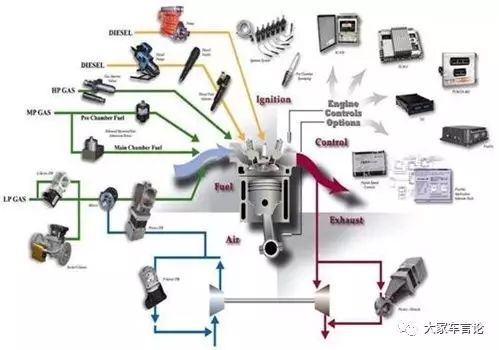
Engine control is very complex, which is why ECU tuning can be so intricate…
First, we need to understand how the ECU controls the engine and how it manages power generation. Key points include controlling fuel injection, ignition timing, turbo boost pressure for turbocharged engines, and variable valve timing systems in some engines. The ECU adjusts based on parameters such as residual oxygen in the exhaust, combustion chamber temperature, and knock conditions. Among these, increasing the turbo boost pressure is the simplest and most effective way to enhance horsepower, which has significantly expanded the ECU tuning market. More air means more fuel, but to ensure optimal combustion, adjustments to fuel injection and ignition timing must also be made (typically advancing ignition timing to avoid knock).
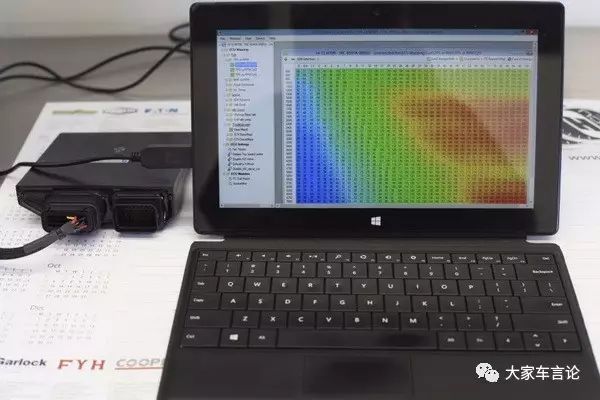
The differences between various ECU tuning methods mainly lie in how they increase boost pressure and adjust fuel injection and ignition timing. I don’t want to spark a debate over methods; rather, I want everyone to understand which ECU tuning method is best suited for them. The methods will be introduced in order of cost and complexity.
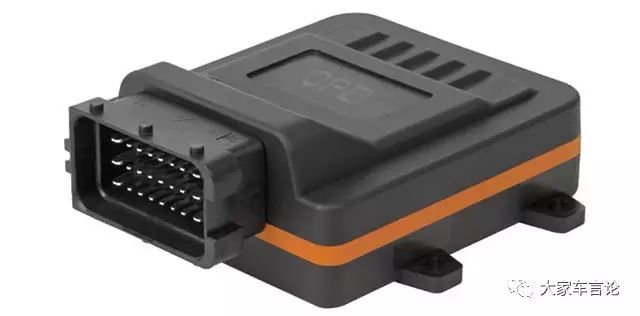
Small Box: This type of small box is often referred to as an “external computer”, but compared to what I have always thought of as an external computer, its functionality is relatively simple. The small box connects to the intake manifold pressure sensor, intercepts and modifies the signal from the sensor, effectively “tricking” the ECU into thinking that the boost pressure is still low, allowing the turbo to work harder and thus increasing boost pressure. It’s like a company deliberately slowing down its internal clock; it appears to work 8 hours a day when it’s actually been 10 hours.
Some small boxes can further read RPM and throttle position signals, allowing for more precise management of boost gain across different RPM ranges and loads, which is better than single control, less prone to bugs, and can improve drivability.
As for the matching fuel injection and ignition adjustments, they primarily rely on the ECU’s self-correcting ability when encountering bugs (typically within ±10-20% of normal values). The advantage of this modification is its simplicity and ease of operation, making it cost-effective for novice players, while its downside is a narrower adjustment range, limiting deep modifications.
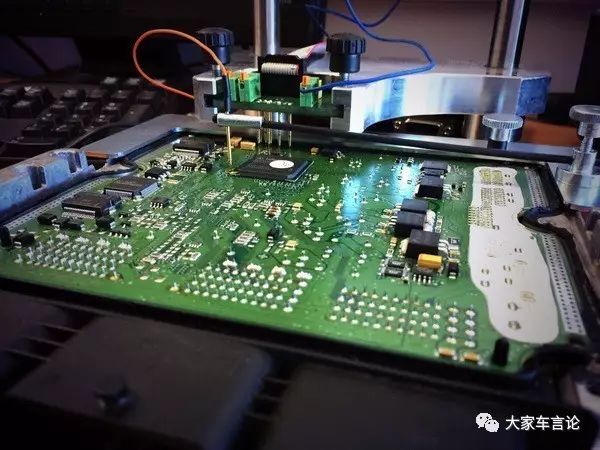
Original Flashing with Quotes: Most “flashed computers” on the market use this method. First, wires are connected to the ECU, similar to how sci-fi movies depict helmets reading brainwaves, to extract control parameters (ignition and fuel injection parameters at different RPMs and loads, professionally called Maps) from the original ECU. Then, ECU tuning engineers modify the data, usually increasing or decreasing it based on the original values.
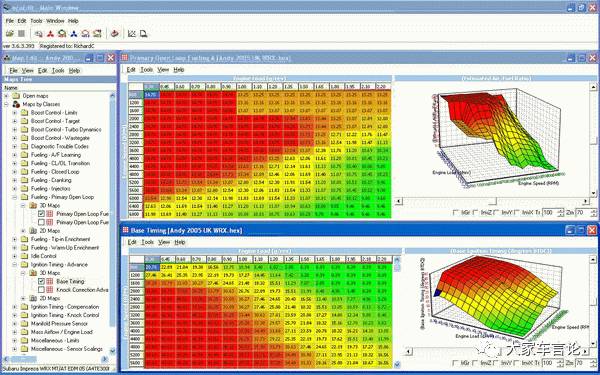
The ECU tuning Map can be quite confusing, and only when you see this Map does ECU tuning truly take place.
However, most stock ECU data cannot be easily cracked (due to commercial secrets and security reasons), so this increase or decrease is essentially multiplying an unknown original value inside the black box by a coefficient. It’s like being able to “find a book B that is 10% thicker than book A” without knowing the exact number of pages in either book. Thus, this is called partial cracking, not true original flashing. If we’re talking about results, “original flashing” can meet the needs of most people. It allows for deeper modifications than a small box and provides more precise adjustments, suitable for beginners to intermediate players.
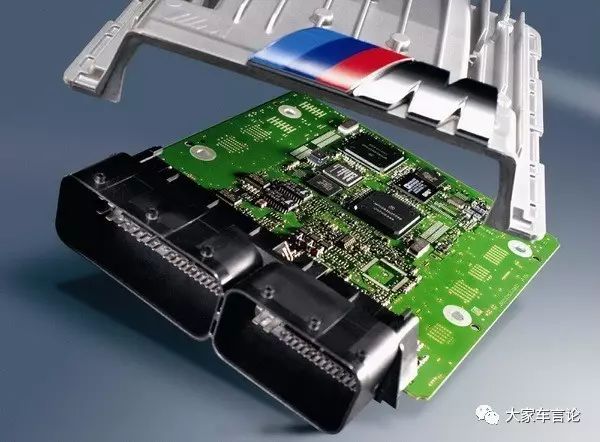
Original Flashing without Quotes: This is a more ambitious method of ECU tuning. However, only tuning shops with very close relationships with car manufacturers can accomplish this type of flashing, such as certain official tuning brands like ABT for VAG, Brabus for Mercedes, and Polestar for Volvo, whose ECUs are essentially re-flashed with original data. This means they can access the underlying data of the stock ECU and make modifications accordingly. It’s like knowing the page count of book A and then finding a book B that is 10% thicker, without relying solely on visual estimation and experience.
The brands that offer original flashing are extremely limited, but since the ECU is rewritten using the underlying data, the stability of the control program is higher than that of “original flashing with quotes”. Of course, the price is also higher, suitable for players who prefer the stability of stock.
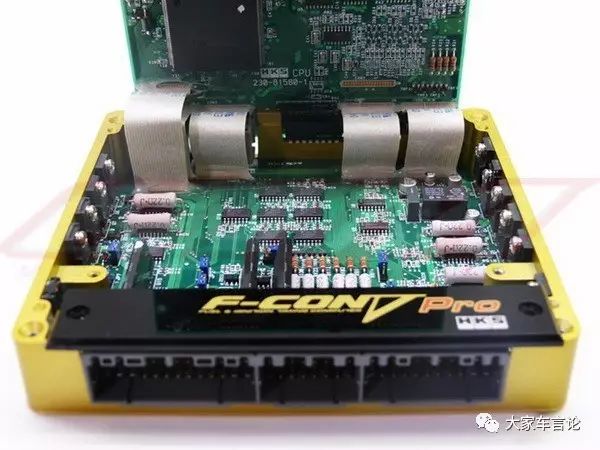
The internal structure of the external computer is quite complex, comparable to the stock ECU.
External Computer: This method is similar to “original flashing” and is commonly used for older Japanese cars. The difference between it and “original flashing” is that it uses an external controller (external computer) to store the flashed program. The advantage is that it does not require reading signals from the stock ECU; it only needs to find the signal lines of various control units (fuel injection, ignition, three-way catalytic converter oxygen residual signals, etc.) within the ECU’s bus and modify them accordingly.
Generally, this type of external computer has relatively complete functionality and can adjust ECU data based on parameters such as water temperature and oil temperature. However, with the packaging of hardware modifications and the decline of the deep modification market for Japanese cars, it is becoming rare to see such ECU flashing. Cracking the stock ECU is becoming increasingly difficult and costly: using an external computer not only requires payment for the computer but also for an ECU technician to tune it, making it nearly obsolete. It is suitable for deep modification enthusiasts.
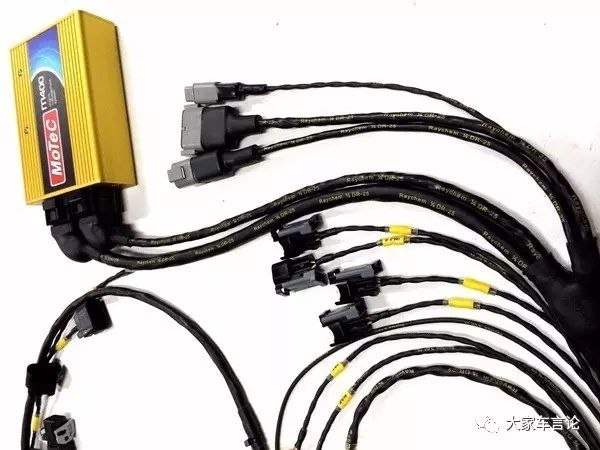
MoTeC is the leader in the realm of complete replacement ECUs.
Complete Replacement ECU: This is the top-tier ECU modification method used in racing. In short, for an engine, only the hardware is retained; the stock ECU is completely discarded, and for professional engine development factories, there is no concept of a stock ECU. A third-party ECU (like MoTeC or Marelli, well-known brands in the racing circle) is used to control the engine’s operation. However, complete replacement ECUs have relatively single functions and cannot manage the engine’s air conditioning and other electrical systems, and typically do not calibrate the electronic stability system (which requires collecting parameters such as wheel speed, vehicle speed, steering angle, etc., is time-consuming, and is not necessary for racing). Therefore, their main application is in racing.
The above describes how to categorize the methods of writing programs into the stock ECU. The two most frequently mentioned terms, canned and custom programs, refer to two different production methods of ECU programs.
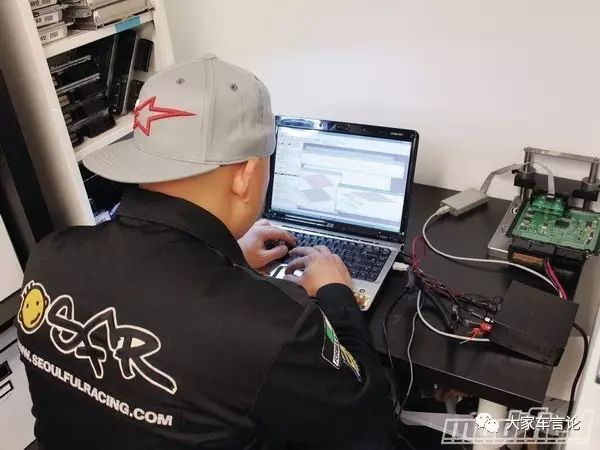
“Canned Programs” refer to ECU data developed by the tuning shop’s ECU engineers according to the brand’s standard development process (including performance indicators, stability requirements, fuel quality requirements, etc.), “cooked” at the brand’s R&D base, and distributed to customers worldwide. The tuning shop then copies the program into your ECU, and the ECU manages the engine according to the preset parameters. Neither the tuning shop nor the car owner has the authority to modify it. It’s like eating canned food; what’s inside was determined at the factory, and you just consume it.
Canned programs require low technical skills from the tuning shop. It’s similar to ordering a canned dish at a restaurant, which has nothing to do with the chef’s cooking skills. As long as it’s the same brand and flavor of canned food, the output and taste are the same; the uniformity of canned food is its biggest feature. The taste may not be top-notch, but it certainly won’t be bad. This can also be applied to canned ECUs.
From the perspective of “preset and modifiable customization”, canned programs are another form of “factory tuning”. However, this “factory” refers to the tuning shop. The ECU serves the hardware, and since canned programs are unmodifiable, they can only correspond to a specific state of engine hardware. For example, fuel octane must be xxx, the exhaust system needs to be modified at the tail/mid/header sections, and the intake system is either stock or high-flow filter, etc. Therefore, canned programs are generally paired with formulaic, package-style modifications.
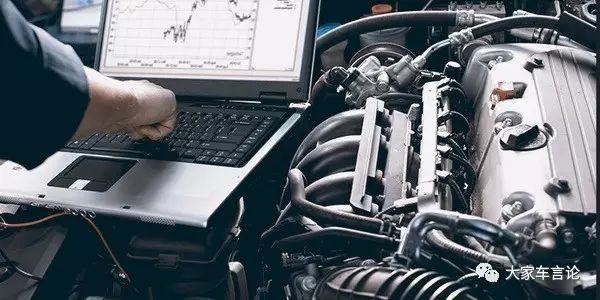
In contrast to formulaic modifications, the other type is personalized and freely matched hardware modifications, which generally require custom “tuned programs” to better serve the hardware. Custom tuning means that ECU engineers set ECU parameters based on a car’s usage status, local climate, hardware modification projects, and owner needs. It’s like dining at a restaurant where you can order based on your taste, preferences, and health status, adjusting saltiness, sweetness, and spiciness to a certain extent. Wow, this seems to be the best state for ECU tuning.
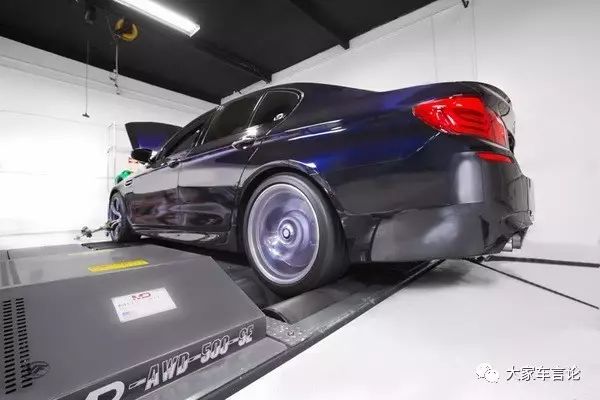
However, don’t get too excited; custom ECU programs require ECU tuning technicians to tune each car individually, making production efficiency lower than that of mass-produced canned programs. Furthermore, the tuning effect is highly dependent on the environment during debugging and testing. For instance, when debugging the ECU, a clear, empty road is necessary for the technician to run the engine through various conditions and then tune it. Ideally, it should be tested on a dynamometer (the civilian version of a hub dyno) to simulate various conditions more safely, accurately, and efficiently. However, of course, the cost of using a dynamometer is naturally passed on to consumers. Generally, this adds an additional 2000 to 5000 to the base price (depending on whether the dynamometer is owned by the tuning shop or needs to be rented).
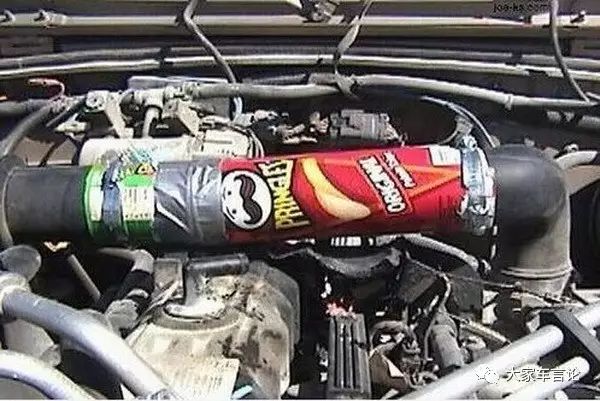
Chip tuning is the term for ECU modification, which sounds similar to “chips”, hence the “chip tuning” reference.
If you’ve made it this far, I commend your thirst for knowledge. How about we discuss something less dry next time, like forged, cast wheels and counterfeit wheels?
Review of the Deep Tuning Series Articles:
Why, as the former editor-in-chief of a modification website, did I only modify these three things?
Can a 320 ECU flash turn it into a 328? Is there such a good thing?
